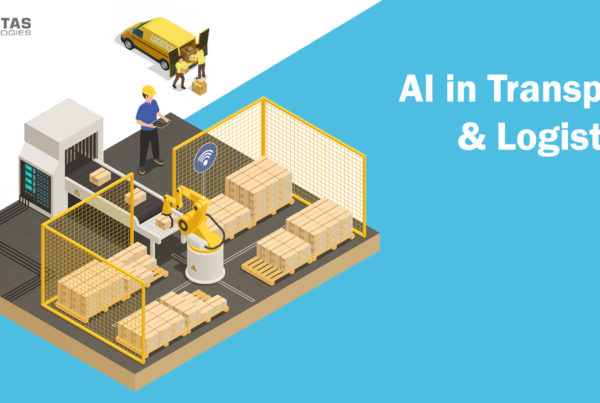
Machine Vision Systems for Factory Automation have evolved from a novelty or a nice to have to necessity or must-have. With the fast-changing world of factory automation, the quality parameters are ever-increasing to new standards, necessitating the use of machine vision in the production process. The primary use of Machine Vision Systems in the factory is either to improve quality or to automate a visual production process. When used for quality inspection, the primary purpose of Machine Vision is to either automate complex mundane tasks that can be performed at high speeds, accuracy, and consistency. Additionally, machine vision can be used to automate production processes like guiding a robot to perform a pick or a place operation by identifying the position of a target object.
Machine Vision Systems come in various forms and it’s important to understand what the key advantages are so that the right system can be designed and deployed for your production process.
Understanding the advantages that an Automated Vision System can offer is key to identifying which of these advantages you would like to realize with your project. So here are the 5.
- Let’s face it, humans are not designed for repetitive processes and tasks. We’re much better off where our creative intelligence is utilized. Make any human repeat a mundane task like inspecting a product or a process, you’re bound to get inconsistent results. Either fatigue sets in, or the operator gets distracted or just plain and simply slacks off. This opens up the possibility that a critical error or a defect can slip through the QA process. Using machines which trained to do this job leave no room for inconsistency and each time a similar part is presented in front of a vision system, you’re going to get the same output.
- Today’s Machine Vision Systems have a high degree of intelligence built into them that would surpass human capabilities in many ways. This leads us to the 2nd benefit which is accuracy. Vision Systems can be highly accurate especially when it comes to gauging, reading and spotting complex visual properties which humans are likely to miss. At Qualitas we’ve developed vision systems that can measure to an accuracy of 10 microns. You can’t achieve this with the human eye! Vision Systems also read large amounts of textual images (like in the example below), which humans would surely make mistakes with.
- Vision Systems can acquire and process images in milliseconds and sometimes even in microseconds. This speed is unmatched by humans. Take for example where we’re inspecting labels being printed at 180 parts/min and you’re required to read and verify 40+ characters. This is the 3rd advantage of using Machine Vision Systems.
- The human eye is limited to the visible spectrum (ranging from light with wavelengths of 400 to 700 nanometers). Although this offers a lot of possibilities in inspection, it also restricts a huge band in the invisible spectral range, which can lead to critical information for Quality Control and Machine Vision. Enter Hyperspectral or Multi-spectral system which are cameras sensitive to wavelengths that go beyond this visible range. This can help in identifying defects in agricultural products say where there are internal damages to fruit. Another example of imaging thermal radiation (to inspect the hotness of an object). This cannot be seen with the naked eye. Multispectral systems can be used in a variety of applications ranging from healthcare, military and food processing.
- Last but not least, machine vision systems by nature operate on digital data (images) and produce digital outputs (data). This can have a tremendous advantage for digital record keeping, driving outputs to a PLC or a controller or just simply for storage and retrieval. This possibility would not exist if the operation was done manually. This can offer you the advantage for traceability, data analysis or downstream process automation.
Get In Touch With Us





